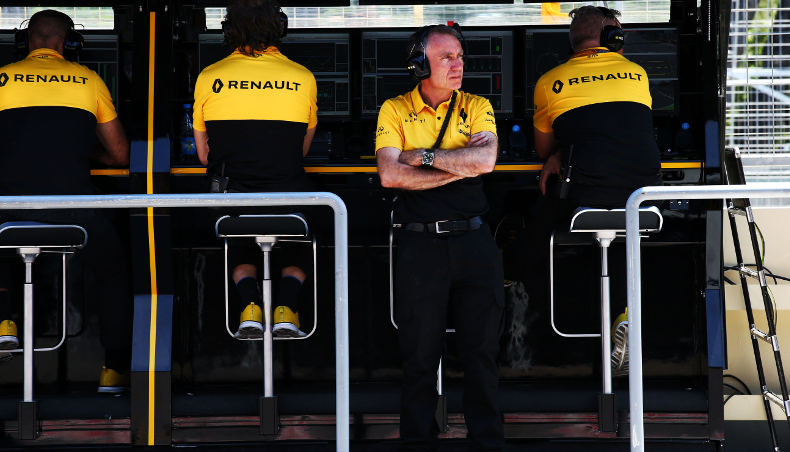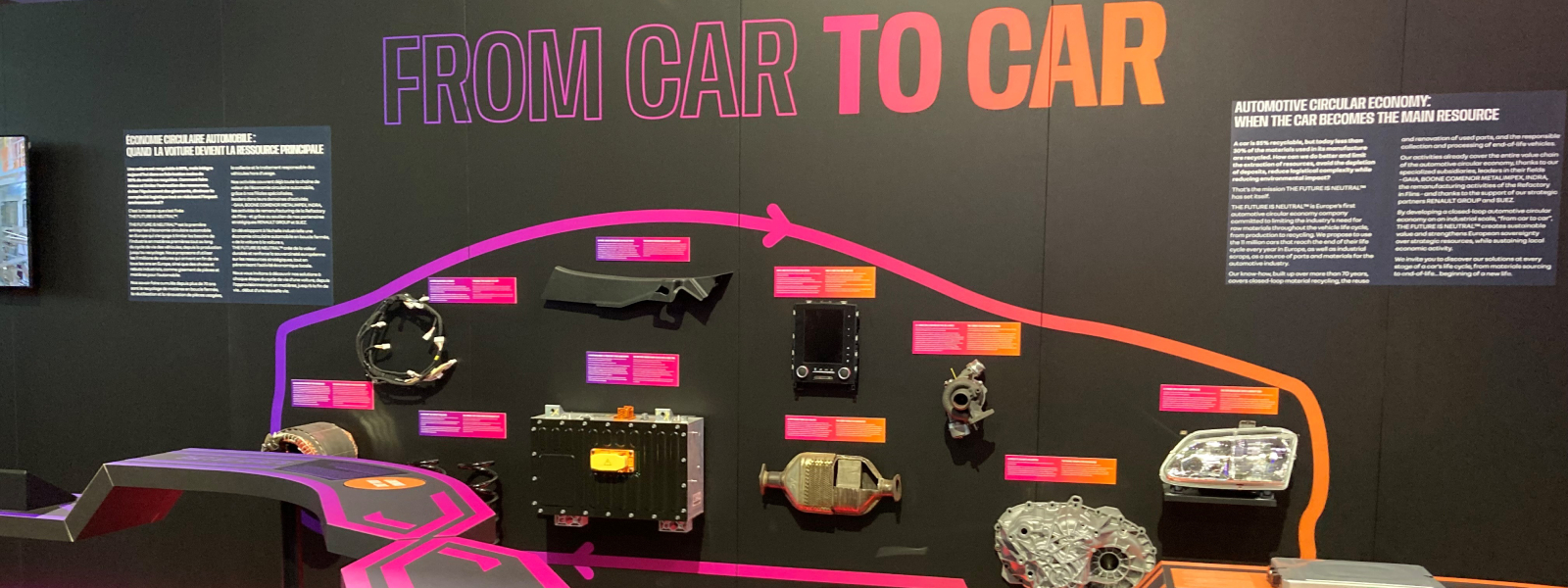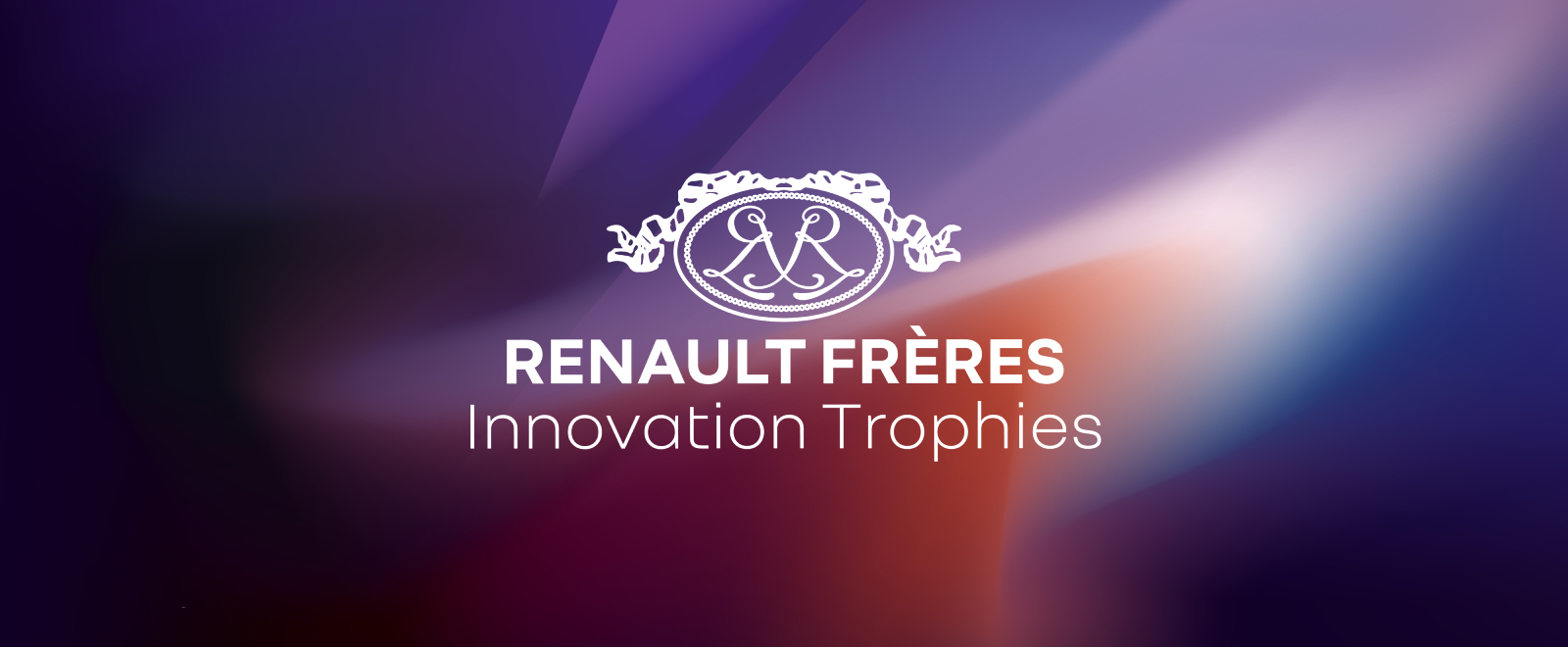

Formula 1 cars are equipped with a radio link that enables drivers to talk to their team when they are out on-track.
Radio communication is an essential tool in Formula 1 racing so I’m very open to it of course! Just before the race starts we have a number of radio exchanges with the engineers to ensure smooth procedures until the lights come off and racing starts. During the race we would of course also communicate. I would report back car behaviour, how I feel with the tyres and also ask for information such as how close is the car in front of me or the one behind me! Our chats might also be determining when it comes to pitstops. Although strategy scenarios are defined ahead of the race we might need to decide to go for one or the other scenario depending on what is happening on track.” Nico Hülkenberg, Renault Sport Formula One Team driver.
During grand prix weekends, Renault Sport Formula One Team’s nerve centre is to be found on the pit wall that separates the pit lane from the circuit. Team members based here include Race Strategist Tom Van Den Bergh, Sporting Director Alan Permane, Renault Sport Racing Managing Director Cyril Abiteboul, Chief Race Engineer Ciaron Pilbeam, Team Manager Paul Seaby, Chassis Technical Director Nick Chester and Chief Technical Officer Bob Bell. All are able to communicate with the team’s drivers while they are on-track.
Those who speak the most with the drivers are their respective race engineers – Mark Slade for Nico Hülkenberg and Karel Loos for Jolyon Palmer.

Not all drivers use the radio in the same way:
Kimi Räikkonen, for example, generally prefers not to receive information via the radio, while Jacques Villeneuve wanted constant updates! Our current drivers actually share a very similar approach to each other – they appreciate receiving information about what is going on around them in the race, their pace and who is running which tyre compounds. On the whole, we probably speak to them every four-to-five laps.” Alan Permane, Renault Sport Formula One Team Sporting Director.
From 2014 to 2016, the regulations imposed a great many restrictions on the content of radio messages between engineers and drivers, so as to make the sport more reliant on driver skill.
These restrictions had a major effect on Formula 1’s teams: :
They significantly changed and complicated our way of working, we had to invest more heavily in software to communicate information such as brake wear and tyre temperature. It was quite a difficult period for teams, and we are all delighted that those restrictions have now been lifted.” Alan Permane, Renault Sport Formula One Team Sporting Director.

While some Formula 1 teams were tempted to devise coded messages to circumvent the restrictions on radio communication, they are all now able to speak freely – up to a point, at least – since dialogue between drivers and their engineers can be broadcast at any given moment, after a short delay, during televised transmissions. That is why in last month’s Monaco Grand Prix, for example, Jolyon Palmer’s race engineer simply alluded to ‘Scenario 12’ in a message – incomprehensible to those on the outside.
The Azerbaijan Grand Prix will rev into life at 3pm CET this Sunday, June 25!
View more




